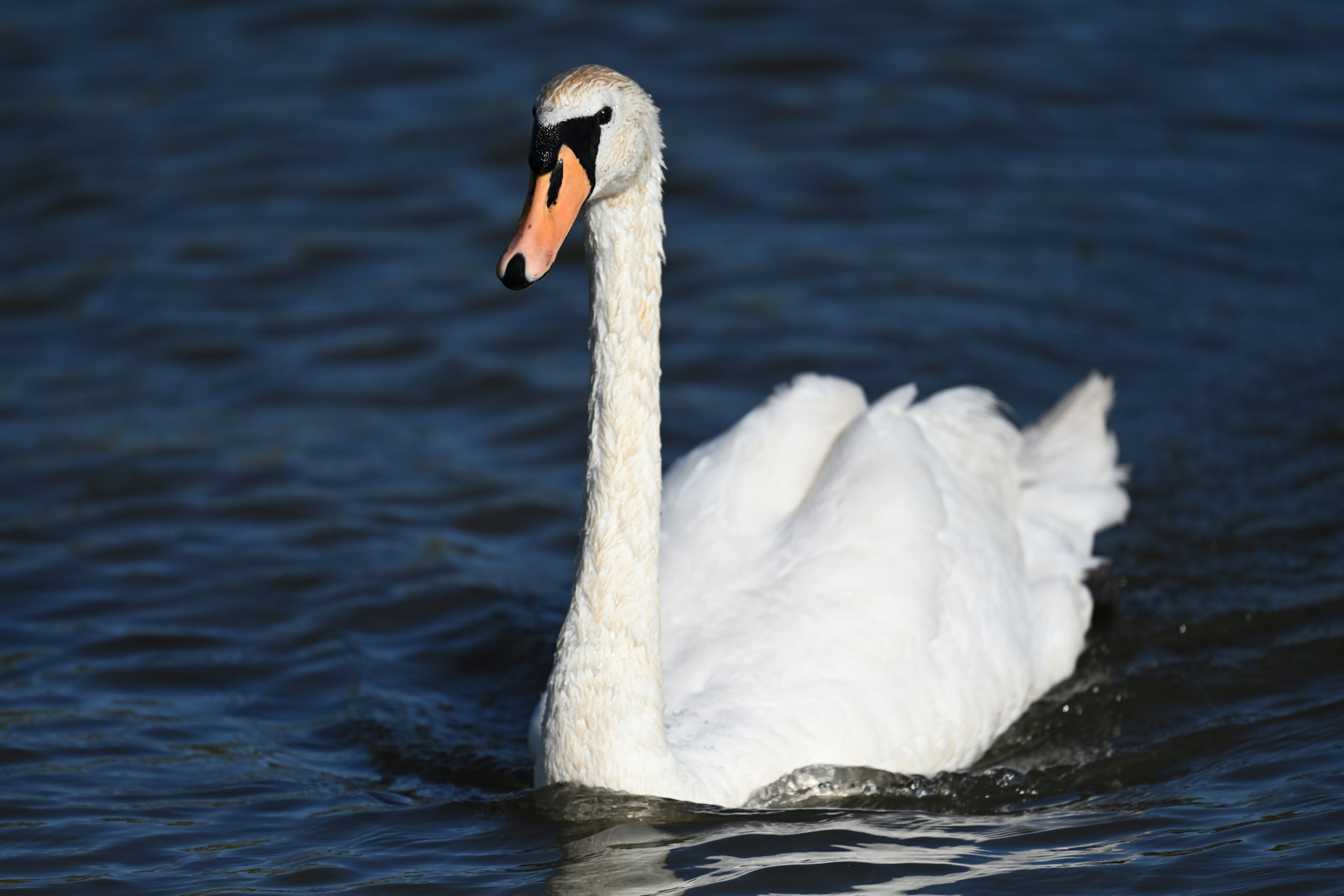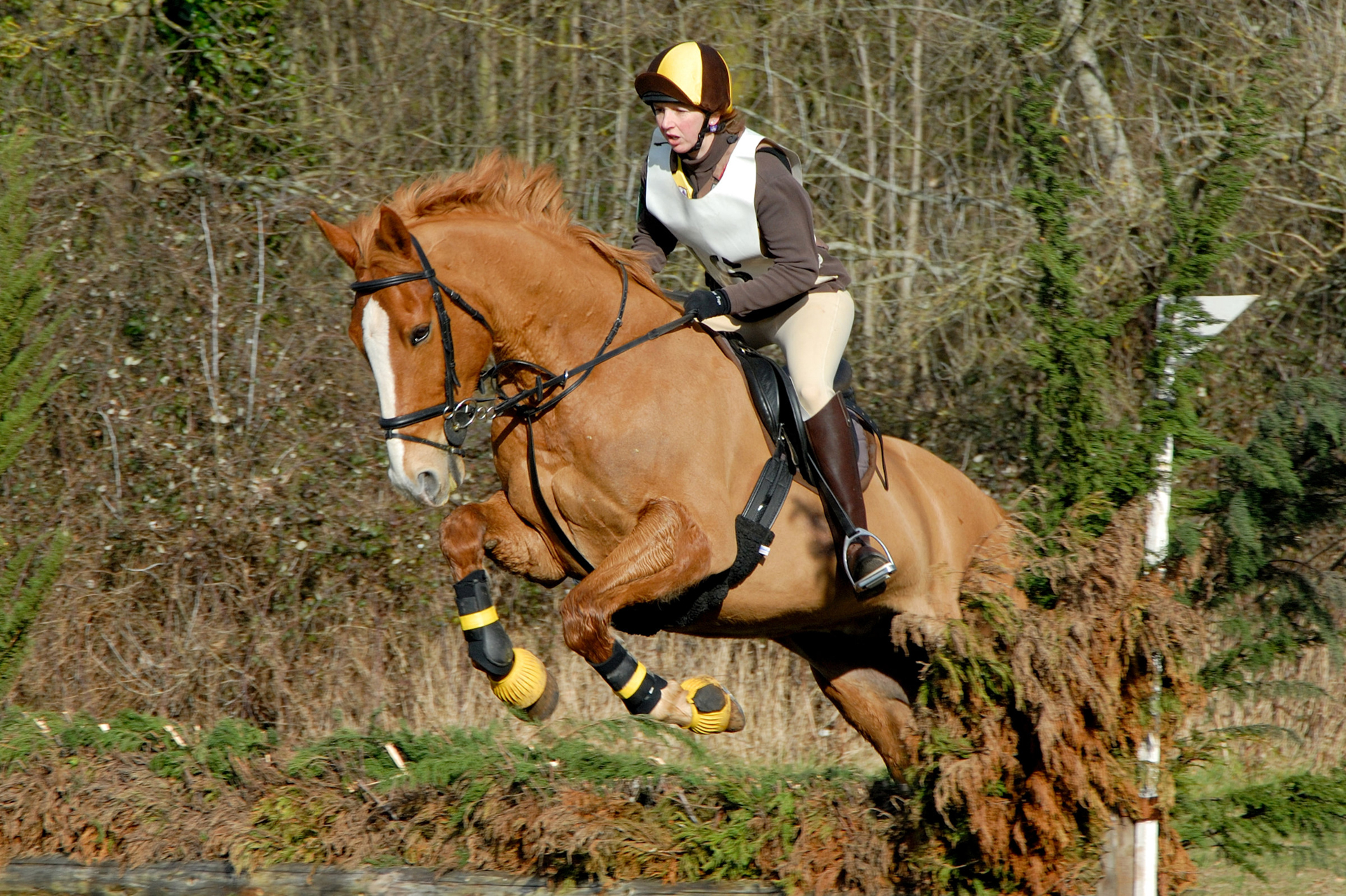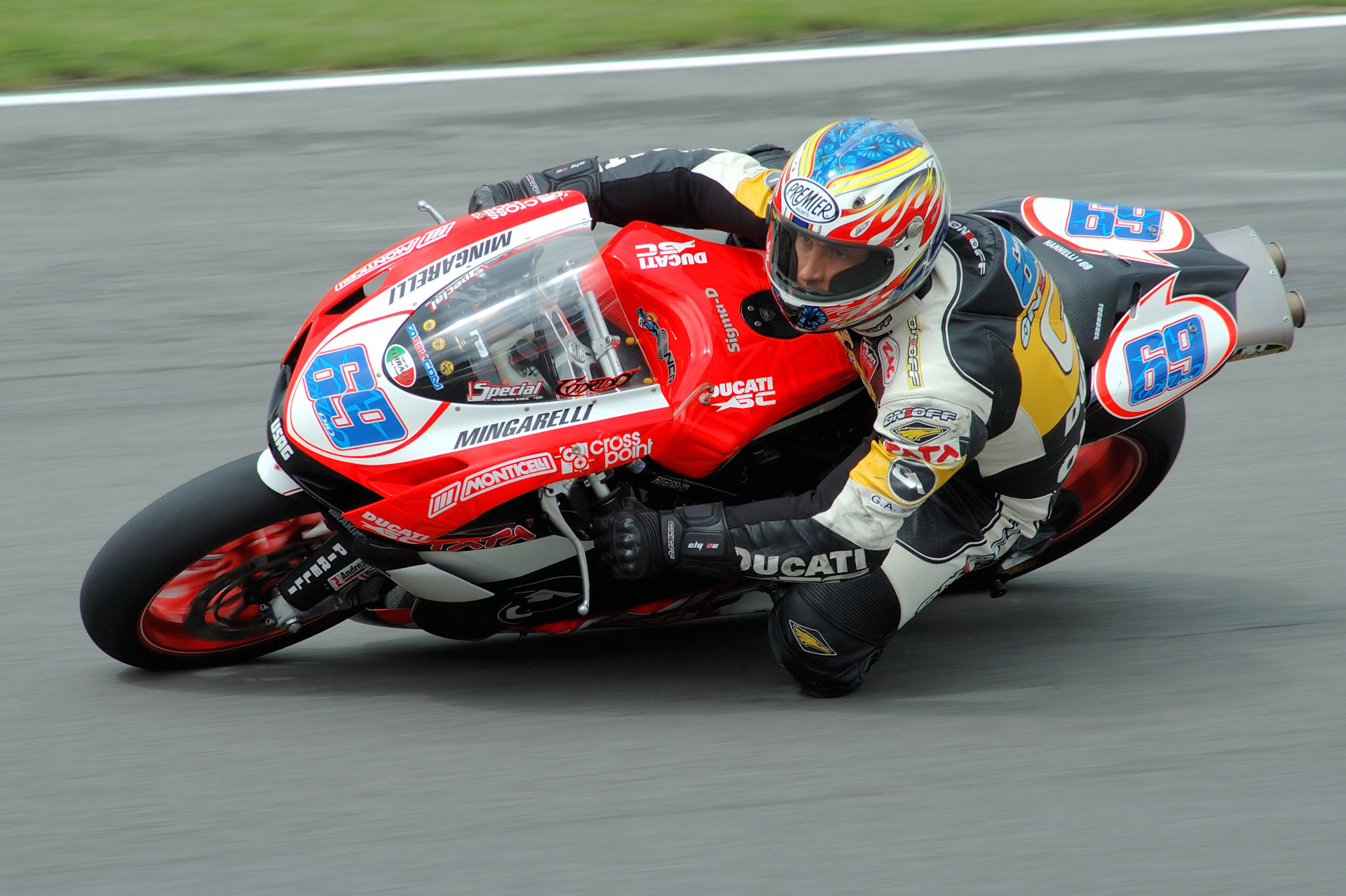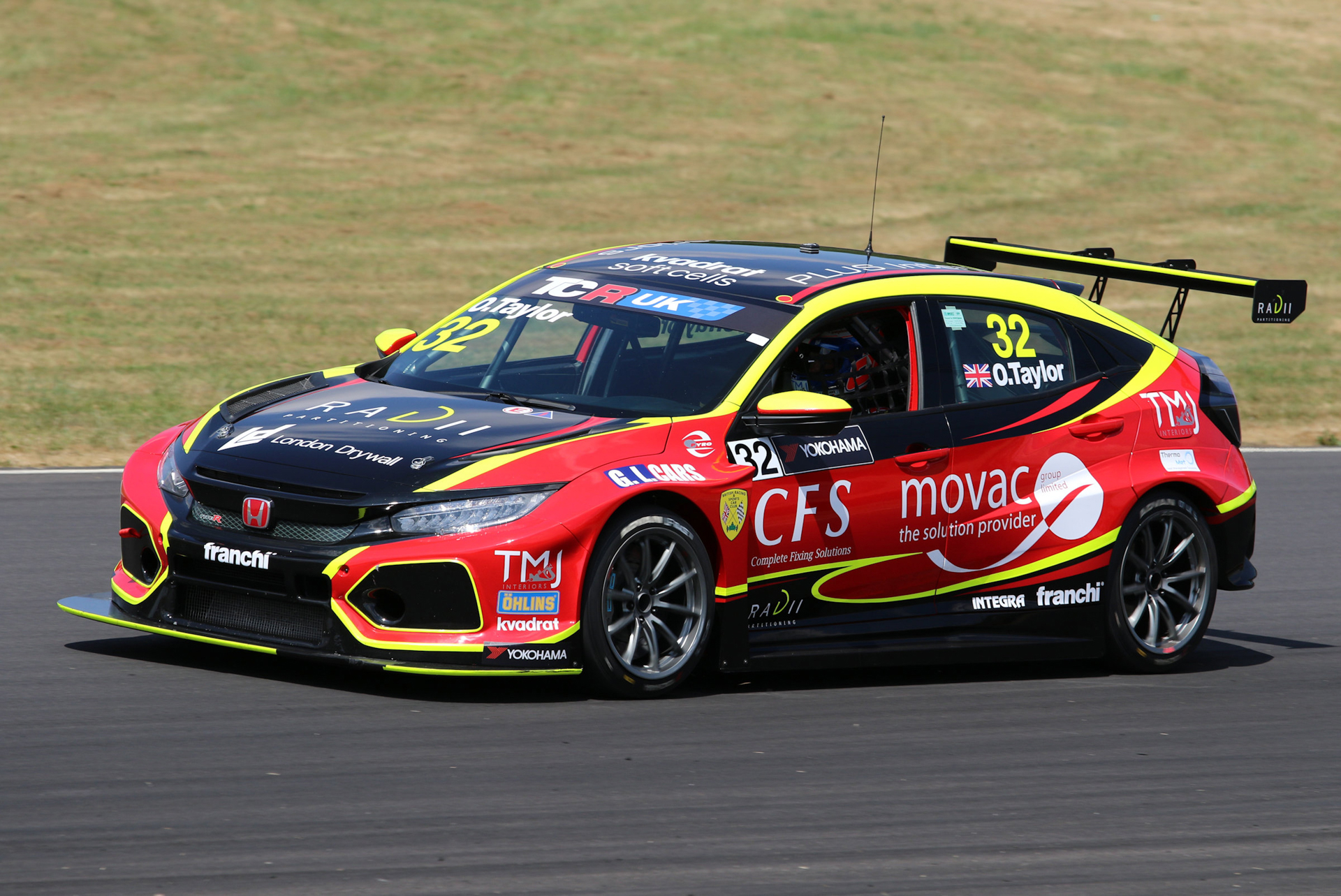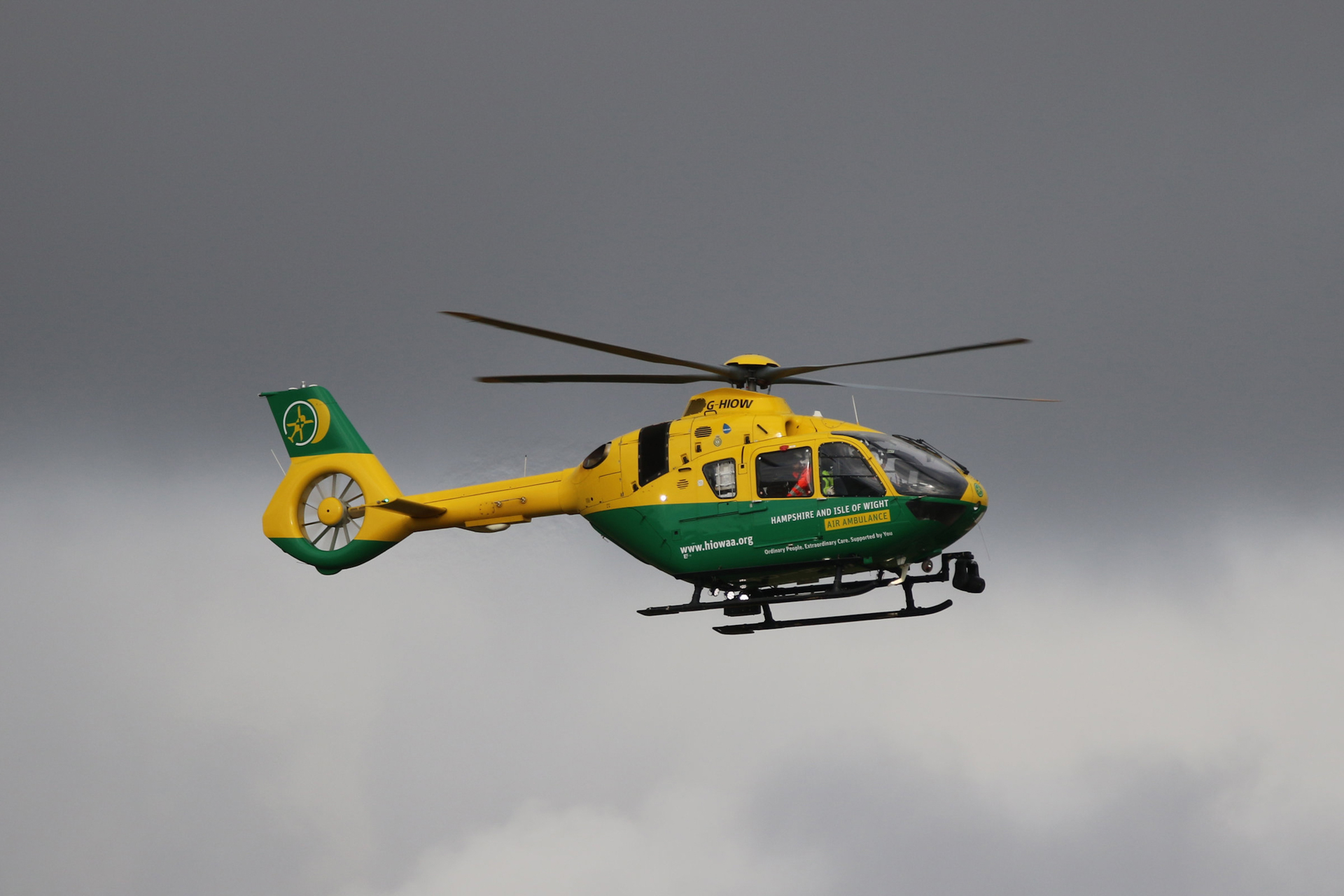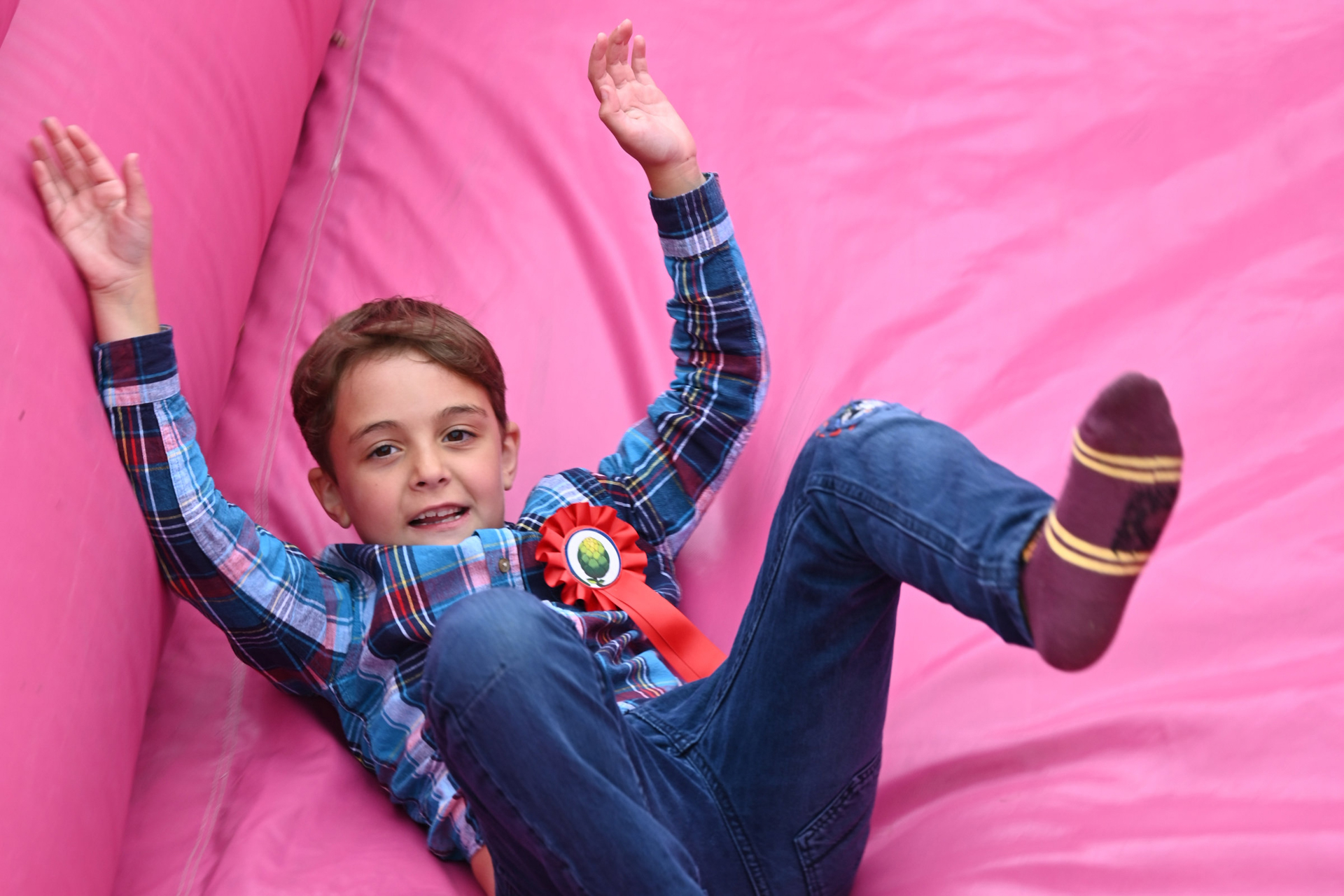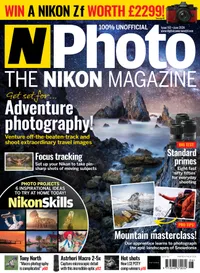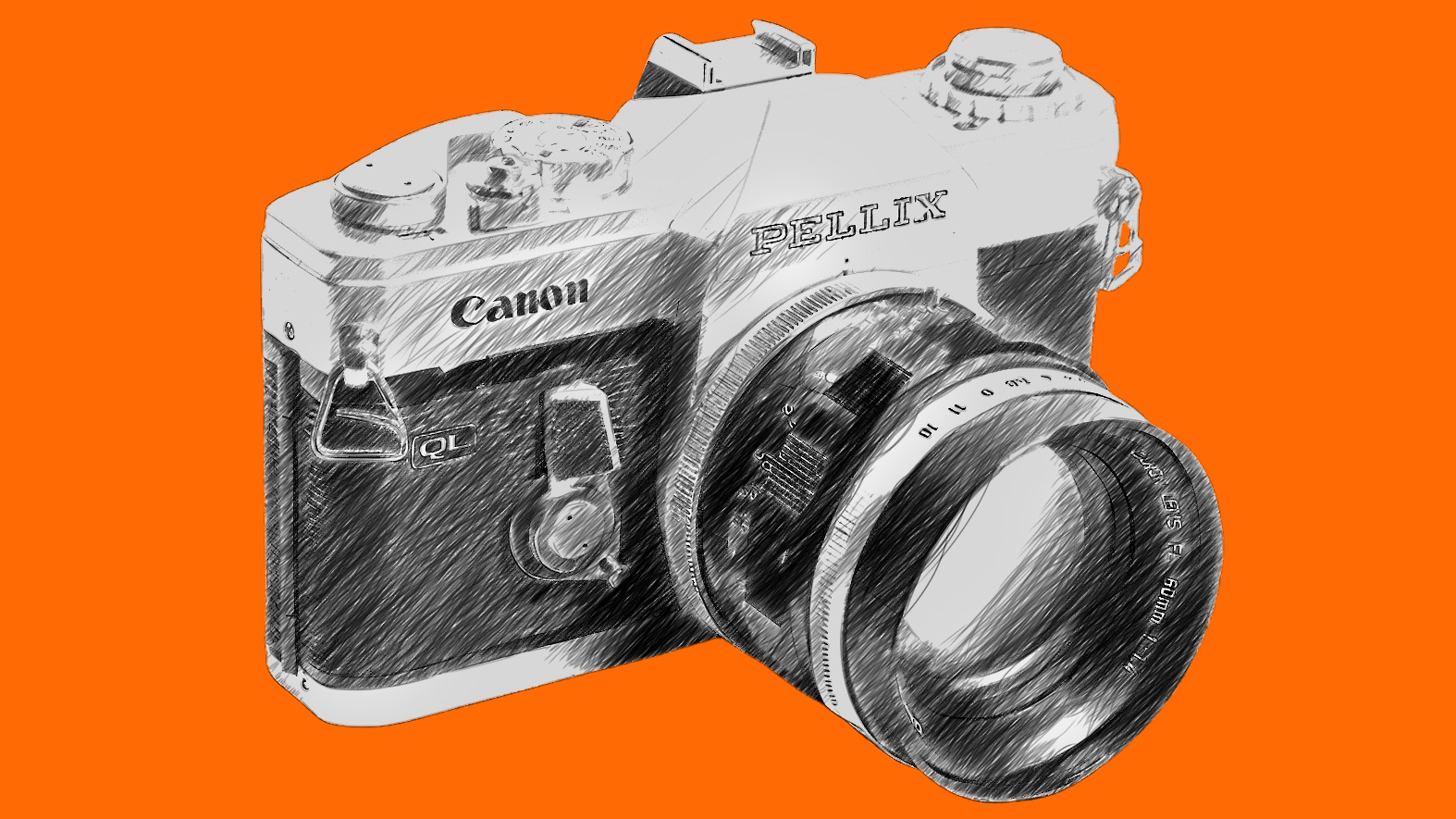Nikon's AF modes demystified: here's how to track the action!
Confused by Nikon's AF modes? Here's how to keep focused on moving subjects using the right autofocus setup
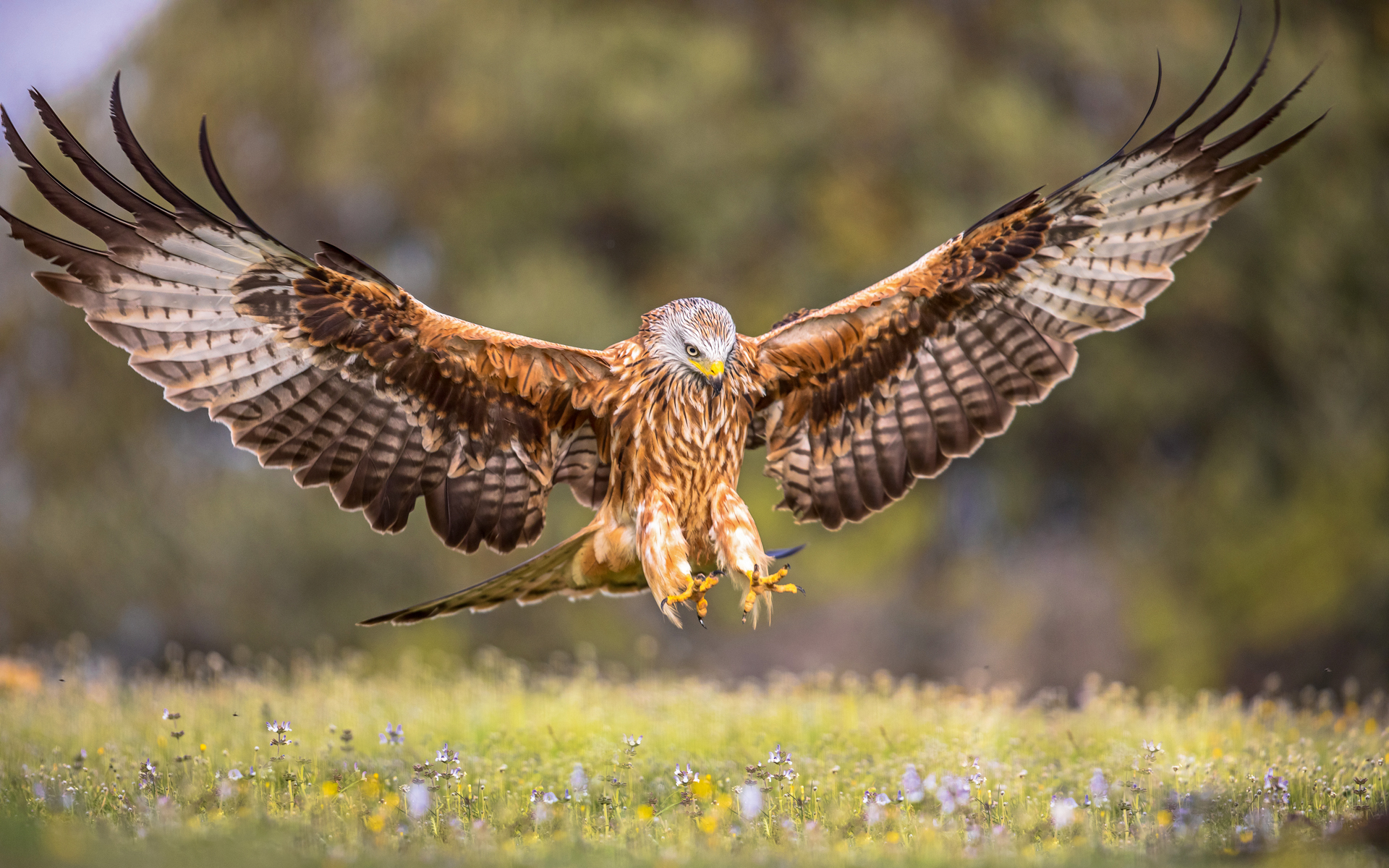
Sometimes it can feel there are dozens of things to think about, even when you’re taking a shot of a static subject that’s completely motionless. Add movement into the equation and everything can get very complicated, very quickly.
For anything from kids playing in the garden, to wildlife or sporting action, keeping subjects in focus can feel a bit like herding cats. Thankfully, the best Nikon cameras have a host of autofocus tracking options that you can put to good use, giving you a great hit rate instead of a memory card full of blurred photos.
It’s worth considering how autofocus works. DSLRs have a separate autofocus module for viewfinder-based shooting, which employs phase-detection. It’s fast and highly effective. In Live View mode, when you’re composing shots on the rear screen, contrast-detection is highly accurate as it’s based on the actual image sensor, but tends to be painfully slow and unable to keep pace with the action.
The Nikon D780 is a notable exception. Its image sensor is more akin to those of Nikon’s Z-series mirrorless cameras, featuring a ‘hybrid’ system that incorporates contrast-detection with phase-detection sites across most of the sensor. It’s like the best of both worlds.
Continuous improvements
For tracking moving subjects, you’ll need to switch to AF-C (Continuous) rather than AF-S (Single) autofocus mode. This keeps adjusting for the whole time you keep a light press on the shutter button, or hold down the AF-ON button (where featured on the back of various Nikon cameras).
If your camera doesn’t have an AF-ON button, you can often customize the action of the AE-L/AF-L (auto exposure lock/autofocus lock) button in the Custom Settings menu, to act as AF-ON instead. This makes tracking very intuitive, as you hold in the button for continuous focusing and use the shutter button solely for taking a shot. But that’s just for starters. Let’s take a closer look at all the various autofocus tracking options.
Single-point AF
Mid-range DSLRs including the D7500 and D780 have a 51-point phase-detection autofocus module, where it’s as much as 153 AF points for the D850.
The best camera deals, reviews, product advice, and unmissable photography news, direct to your inbox!
Z-system mirrorless cameras have between 209 and 493 AF points, spread out across most of the image sensor. However, single-point AF is only really suitable for tracking if the subject is moving slowly and very predictably.
Dynamic-area AF
Dynamic-area autofocus works much better than single-point for subjects moving erratically and, let’s face it, movement can be hard to predict at the best of times.
You can still select the initial point on which you want to autofocus, but if the subject strays from its position in the image frame as you’re tracking it, the camera switches to surrounding AF points to keep focus locked on.
3D-tracking
This mode is similar to Dynamic-area AF tracking. However, while you can often change the size of the active area to suit the subject in Dynamic mode, 3D-tracking is based on advanced recognition of factors like color and brightness to lock onto the selected subject.
However, you can encounter problems if the main subject is similar in color and brightness to its surroundings.
Group-area AF
Group-area AF is featured in many DSLRs, rather than Z-system mirrorless cameras. You can select a ‘group’ of active autofocus points so cover a larger area than when using single-point AF.
It can be useful when subjects are in motion, especially if they have areas of flat, featureless surfaces. For mirrorless cameras, use the Wide-area AF option, with small and large areas available.
Auto-area AF
This is a common option in both mirrorless cameras and DSLRs. The detection area for autofocus utilizes all of the available focus points and automatically selects the subject. If several subjects are ‘detected’, it will tend to autofocus on the closest.
That can work well in many situations but is less suitable if you have a particular subject in mind that’s in the middle distance.
Subject-detection AF
Z-system cameras offer benefits over DSLRs for tracking specific subjects. You’ll get ‘intelligent’ detection and tracking of people and animals, which picks out the shape then refines the autofocus distance for faces and eyes.
You can easily swap between different faces or eyes in the process. The Nikon Z9, Z8 and Zf extends the range for bicycles, motorbikes, cars, trains and aircraft.
N-Photo: The Nikon Magazine is a monthly magazine that's written by Nikon enthusiasts for Nikon enthusiasts, you can be sure that all the content is 100% relevant to you! So for the best Nikon-focused news, reviews, projects and a whole lot more, subscribe to N-Photo today – with our unmissable sub deal!
Take a look at the best Nikon lenses for DSLRs and mirrorless cameras, along with the best Nikon Z lenses tailor-made for the Z system.
Matthew Richards is a photographer and journalist who has spent years using and reviewing all manner of photo gear. He is Digital Camera World's principal lens reviewer – and has tested more primes and zooms than most people have had hot dinners!
His expertise with equipment doesn’t end there, though. He is also an encyclopedia when it comes to all manner of cameras, camera holsters and bags, flashguns, tripods and heads, printers, papers and inks, and just about anything imaging-related.
In an earlier life he was a broadcast engineer at the BBC, as well as a former editor of PC Guide.
